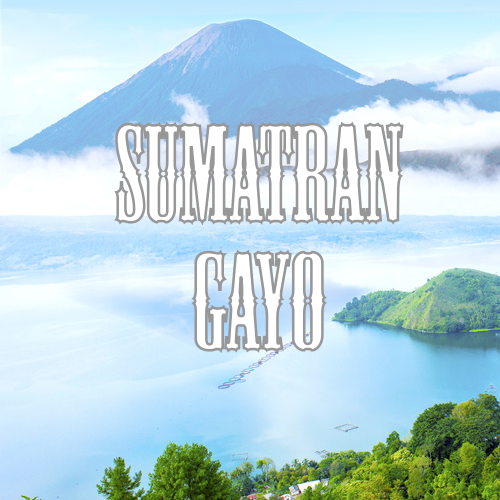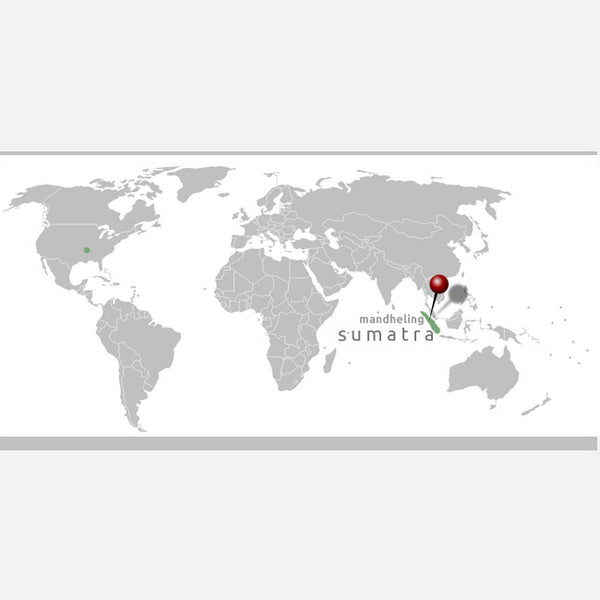


Meurah Silu migrated to Pasai and became an officer to the Pasai Sultanate there. This would mean that the Lamuri Sultanate was founded by Meurah Johan, while Meurah Lingga who was living in Linge, Gayo and the rest became kings of Linge for generations. Meurah Johan ventured on to Aceh Besar and established his kingdom by the name of Lam Krak or Lam Oeii or also known as Lamuri or Lamuri Sultanate. Sebayak Lingga wandered off to Karo land and founded a country there and he was known as Raja Lingga Sibayak. The eldest was his daughter, Empu Beru or Datu Beru, and the remaining are Sebayak Lingga (Ali Syah), Meurah Johan (Johan Syah) and Meurah Lingga (Malamsyah). Raja Linge I is said to have four children. In the 11th century, the Linge Kingdom was established by the Gayo people during the reign of Sultan Makhdum Johan Berdaulat Mahmud Syah from the Perlak Sultanate, as it was told by two rulers who were ruling during the Dutch East Indies era namely Raja Uyem and his son Raja Ranta, who is Raja Cik Bebesen, and also Zainuddin from the rulers of Kejurun Bukit. The traditional house of the Gayo is called Umah. Their language does not have a writing system, but folk tales, stories and poetry are passed down in oral tradition. The Gayonese language has four dialects: Lut, Serbejadi-Lukup, Lut and Luwes.


Their homeland lies in the Barisan Mountains which has elevations of over 12,000 feet and extends more than one thousand miles. Other than that, the Gayo population also covers Southeast Aceh Regency and Aceh Tamiang Regency. Some of them live in several districts in other regencies, such as Serbejadi District, Simpang Jernih District, and Peunaron District in East Aceh Regency and Beutong District in Nagan Raya Regency. Most Gayo live in three regencies in Aceh namely Bener Meriah, Central Aceh, and Gayo Lues. The Gayo tribe has a population of 336,856 and they live predominantly in the mountains. The Gayo people are an ethnic group living in the highlands of Aceh Province, Sumatra, Indonesia.


 0 kommentar(er)
0 kommentar(er)
